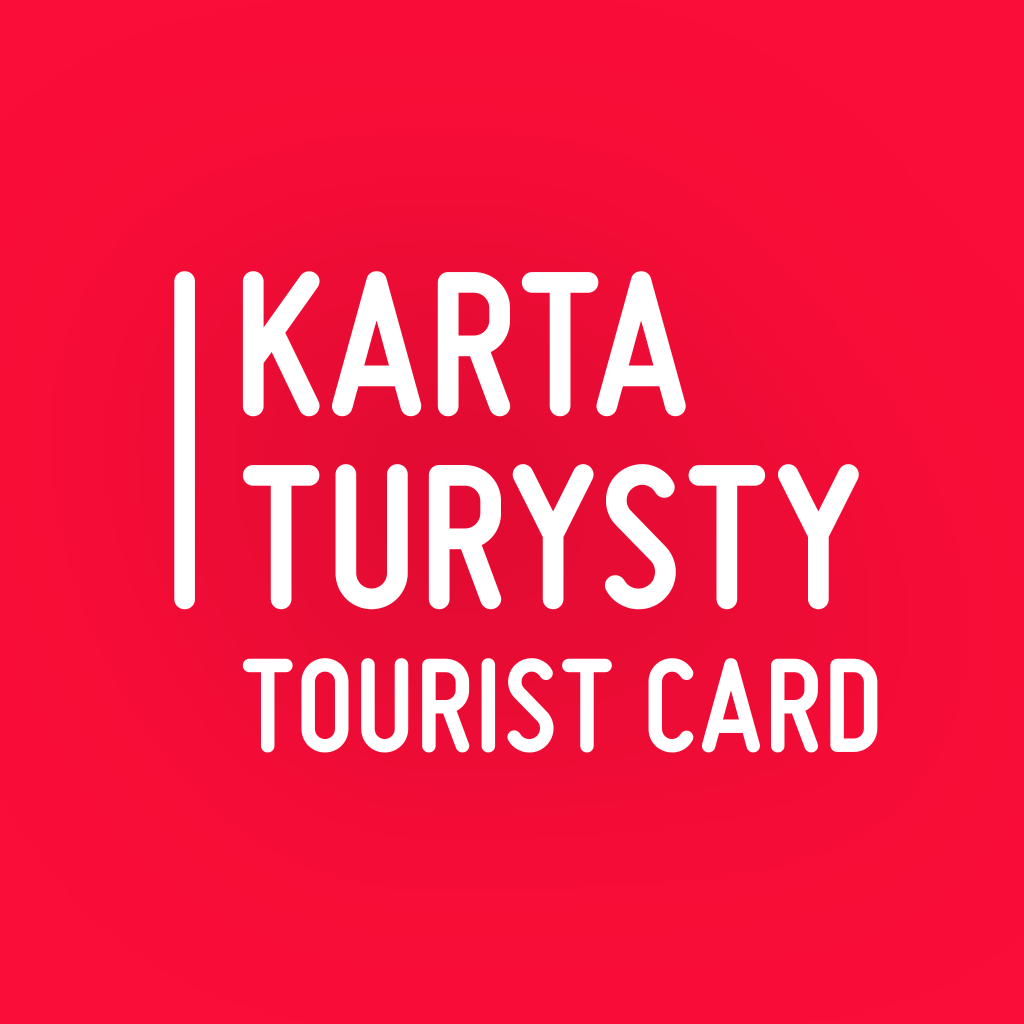
Inhabitants of Hanseatic cities
They had a very large family. Eberhardt Ferber, the progenitor of the family in Gdansk, had thirteen children, his son, Jan, the first mayor in the family, had eleven children, and his grandson Eberhardt, also a mayor, had sixteen. As many as 6 mayors of Gdansk came from this family, there were also councillors, lay judges, royal burgraves, i.e. representatives of Polish rulers, and parish priests of St. Mary's Church in Gdansk.They represented Gdansk at Hanseatic League meetings and conducted extensive business, mainly overseas, which resulted in great wealth and the highest socio-political position.
They supported Polish and European kings organizationally and financially. There were legends about their riches. They were known for their arrogance and superiority over others, which did not earn them the favour of the inhabitants. They moved around the city in a four-horse carriage, wore clothes made of the most expensive, high-quality materials, and were decorated with precious jewellery. Eberhard, as a representative of the Polish king, took part in the meeting of European rulers in Vienna in 1515. He was knighted and ennobled along with the approval of the family coat of arms in the form of three boar heads, decorated with a crown and peacock feathers. Walking around Gdansk, you can encounter this coat of arms in the portal of St. Mary's rectory, on paintings in the Ferber chapel in St. Mary's Church, tombstones and on the portrait of Maurycy Ferber - parish priest and later bishop of Warmia, located in the National Museum in Gdansk.


